Background
This project is an extension of my master thesis that focused on the role technology plays in human-canine relationships and the implications for designing new solutions. Throughout my research, I discovered my passion in building design solutions and bringing impacts to society, and therefore decided to take it further and bring the concept to life.
My original design concept involves a smart dog collar pairing with a mobile app; however, due to technological constraints and lack of funding, this project is based on a revised concept and focuses on mobile apps only.
Understanding the Problem
Canine-human companionship is long-known for its positive effects on our daily lives; however, among the 2,183 dog owners surveyed by the People's Dispensary for Sick Animals in 2019, 12% of owners claimed that it made them stressed and 24% expressed that it is hard.
To validate the problem, I interviewed eight dog owners to understand their top frustrations:
1. Lack of streamlined dog care service
88% of owners found it a strenuous task to fulfil their dog's needs.
2. Underestimated the cost of dog ownership
75% of owners underestimated the cost and some experienced a financial challenge.
3. Inaccessible to reliable information source
63% of owners tend to seek free advice or information online regarding dog care, yet they found it hard to determine whether the information is reliable or not.
4. High expenses in veterinary care
38% of owners claimed that cost was the biggest barrier to seeking veterinary advice or services.
5. Misinterpretation of canines’ behaviour
38% of owners admitted that they had misinterpreted canine behaviour which led to serious mishaps.
Market Drivers
1. Rise of pet technology
With technology being an essential part of life, pet owners are now demanding innovations extend to their companion animals.
2. Continuous global growth in dog ownership
Globally, 33% of household owns at least one dog and the number is expected to increase. (Nielsen, 2016)
3. Increased dog longevity
The average lifespan of canines has increased 12.4% between 2002 and 2016. (Banfield Pet Hospital, 2016)
4. Humanisation of dogs drives spending on pet care
Spending on pets has increased more than triple in only two decades and is expected to continue with a fast growth rate. (APPA, 2019)
Competitor Analysis
To make the research more relevant and comparable, I analysed only key players in the pet tech industry with core business on websites or mobile apps and categorised their features into five focus areas: on-demand pet services, health, management, networking, and training.
As shown in the graph below, these apps mainly focus on one or mostly two areas, meaning if the users would like to rely on pet tech to assist their dog ownership, they would need to install multiple apps for different tasks in dog caring process.
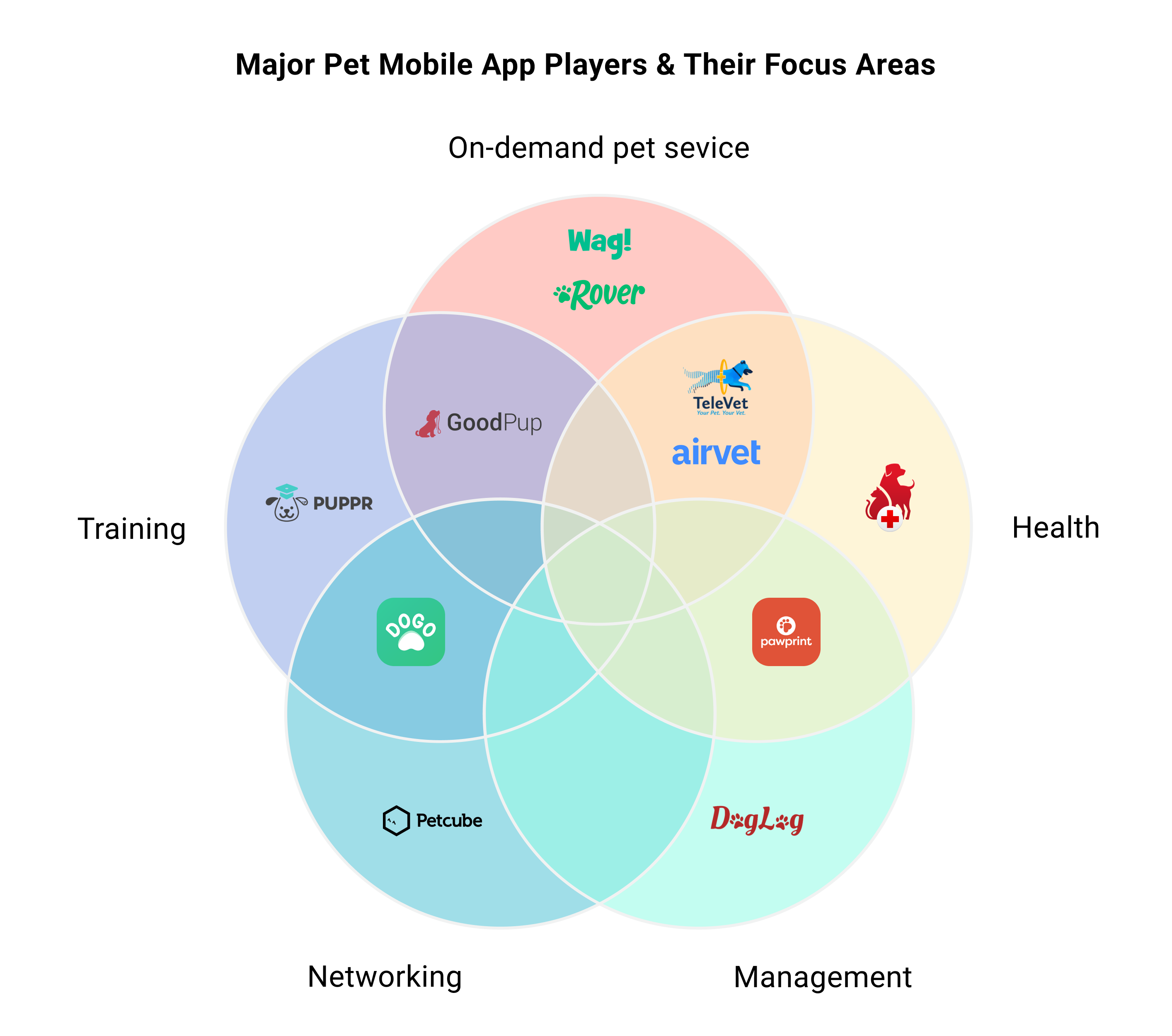
Objectives
I created a list of ‘How Might We…’ questions to help me focus on users’ pain points and have a clear direction for the design solution:
1. How might we provide a seamless and intuitive way to assist owners in their tasks without app-switch and make their daily interactions with their dogs simpler, smarter, and more joyful?
2. How might we capture valuable data about the dog and turn it into actionable insights to aid dog owners' decision-making process?
3. How might we provide easy access to reliable information sources to address dog owners' concerns and ease their minds?
Ideation: Product Vision
I wanted to position the app as a pet management platform that promotes a holistic dog care approach focusing on the dog's physical and mental well-being. And foster a supportive community among dog owners.

The three key focus areas are as follows:
• General Dog Care Management: to make the dog-caring process less of a chore, and more of a pleasure.
• Health & Well-being Development: to increase the dog's quality of life through preventive care and early diagnosis of diseases.
• Social Networking: to provide dog owners pillars of support in both times of joy and distress and to enhance knowledge sharing.
Defining the MVP
To have a clear goal and not lose sight of it during the design process, I have focused on building an MVP with the following key features:
• Task management: Plan and schedule tasks for easy tracking and access, recurring tasks and customised reminders available.
• Goal tracking: Break down goals into actionable steps, track the progress, and receive tips and notifications to stay on track.
• Vet-approved resources: Large pool of veterinary advice ranging from everyday emergencies to regular pet care.
• Store medical records: Store medical records and share important data with veterinarians to support efficient communication.
• Social networking: Share your moments with your dog with your connections and grow your network.
Iterate, iterate, iterate
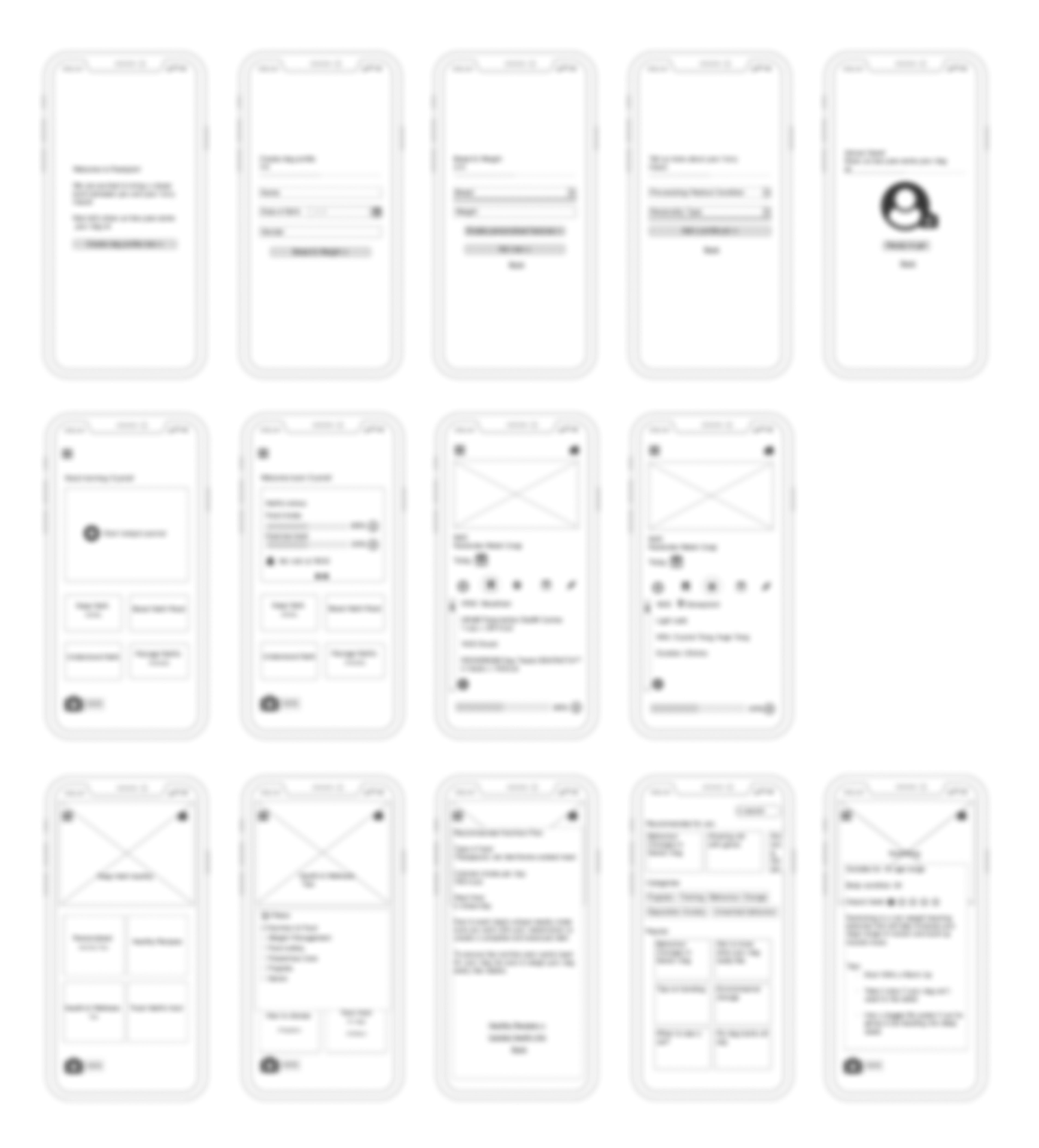
Usability Testing
I conducted usability testing sessions with five primary users to validate whether the design would solve their problems and to observe how they interact with the prototype. Based on the feedback, there were two major UX problems to tackle:
• Some elements were not clear enough to provide users with a convenient and easy interaction with the product
• Not enough spacing in the interface that users feel overwhelmed
To solve the problems, I revised the original information architecture several times but still found it awkward. I then decided to redesign the architecture from scratch and redo the UI accordingly.
Even though the process was overwhelming, it was also rewarding. I felt a great sense of satisfaction each time I made an improvement.
Conclusion
Started with a design concept based mostly on theories and researches, it has been a magical ride to incubate an idea and turn it into a mobile app in real life. Not only did the design evolve and transform a lot throughout the process, but I also experienced massive personal and professional growth and achieved what I did not consider possible.
Due to technical constraints, lack of funding, and time limits, there is still plenty of room for improvement. As of the current version, a lot of effort have gone into it and I cannot wait to see the impacts it has on canine-human companionship. I hope this product is able to fulfil its purpose: facilitate a closer relationship between dog owners and their dogs and promote both parties' wellbeing.
Learnings
1. The best way to learn is by doing
One can get as much knowledge about UX design by reading and watching videos, but only by doing can one achieve understanding and discover his working styles and own approach, thus maximise his productivity and become better whether solo or in a team.
2. Passion alone is not enough, dedication is the key
Working solo is not easy, I have to juggle many different hats. Passion was all I have to begin with, yet I had to build the skills to support my passion; Dedication was what got me through. I dedicated almost all of my waking hours conducting research, designing, testing alongside learning UX design, honing my skills in Figma, and improving my programming skills.
3. Focus on building an MVP
When given the freedom to create a product, it is tempting to explore all the possibilities and keep adding new features, yet time and resource is limited. To not drift away from the goal and users' needs, it is crucial to focus on features that can deliver the highest value.
4. Don't worry too much about the details
In the early stage of the project, I spent too much time refining the UI. Not until the first usability testing did I realise there were more important UX issues to focus on. If I could do it all over again, I would seek quicker iterations than perfection.

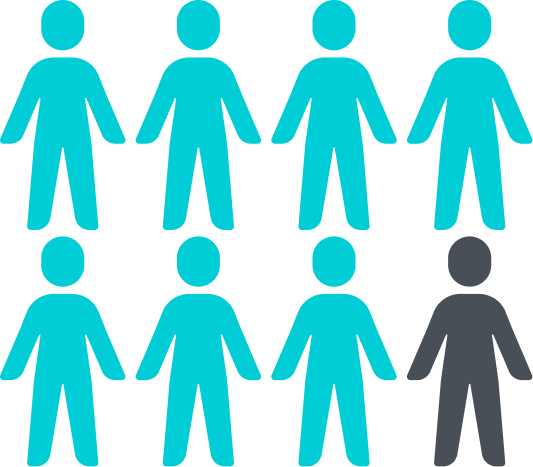
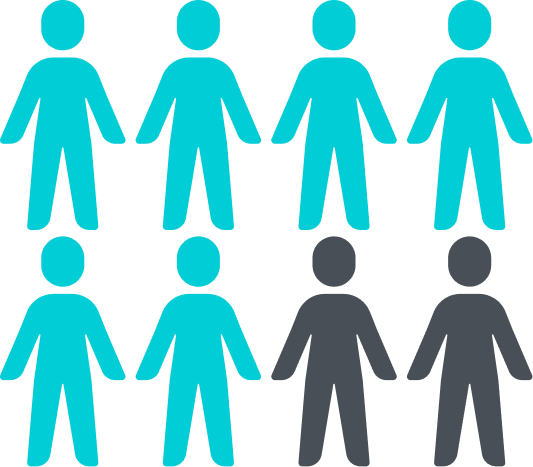
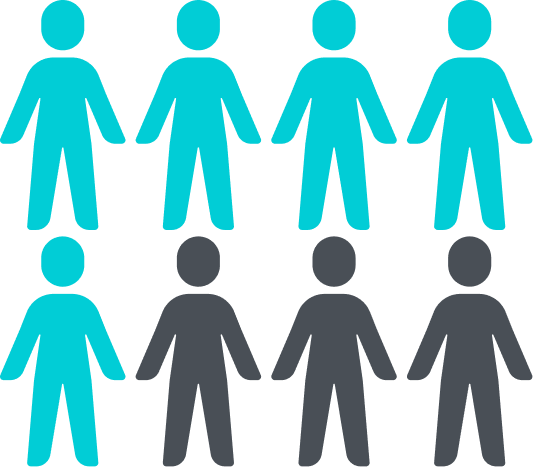
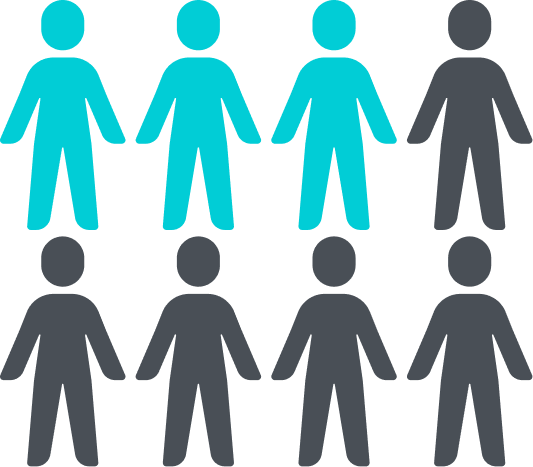


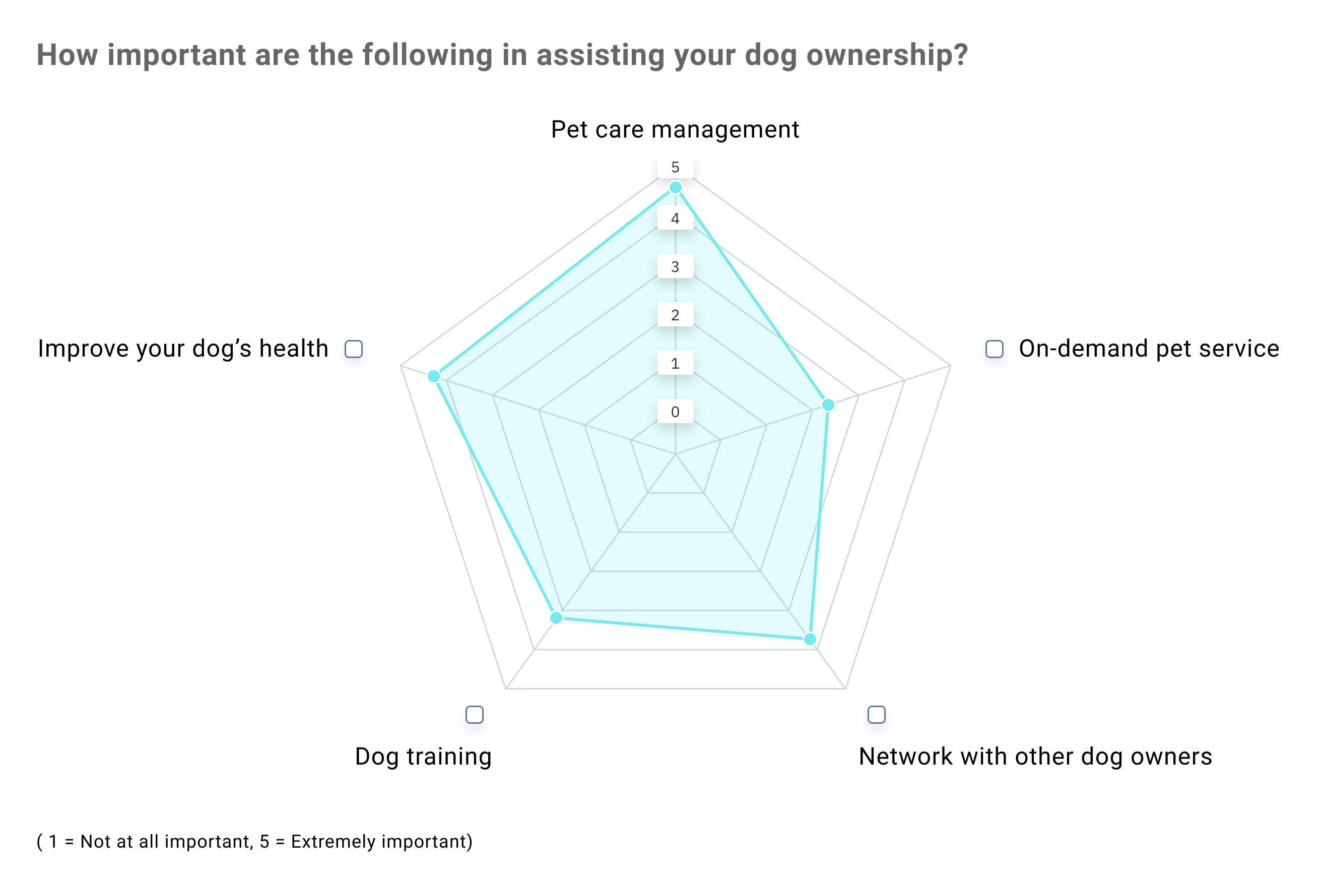

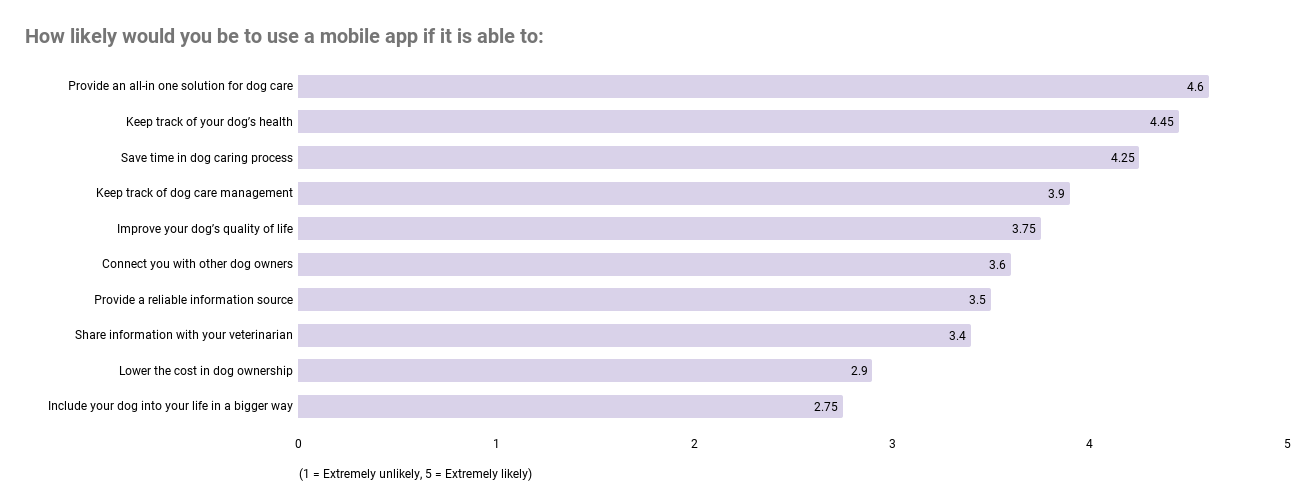

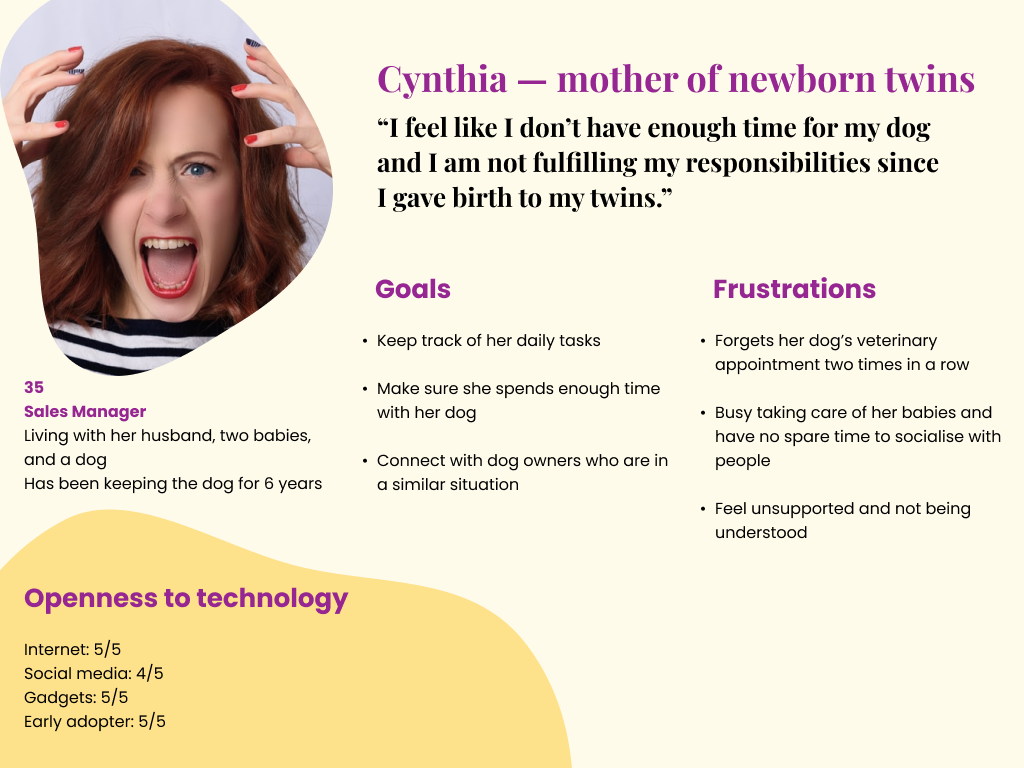
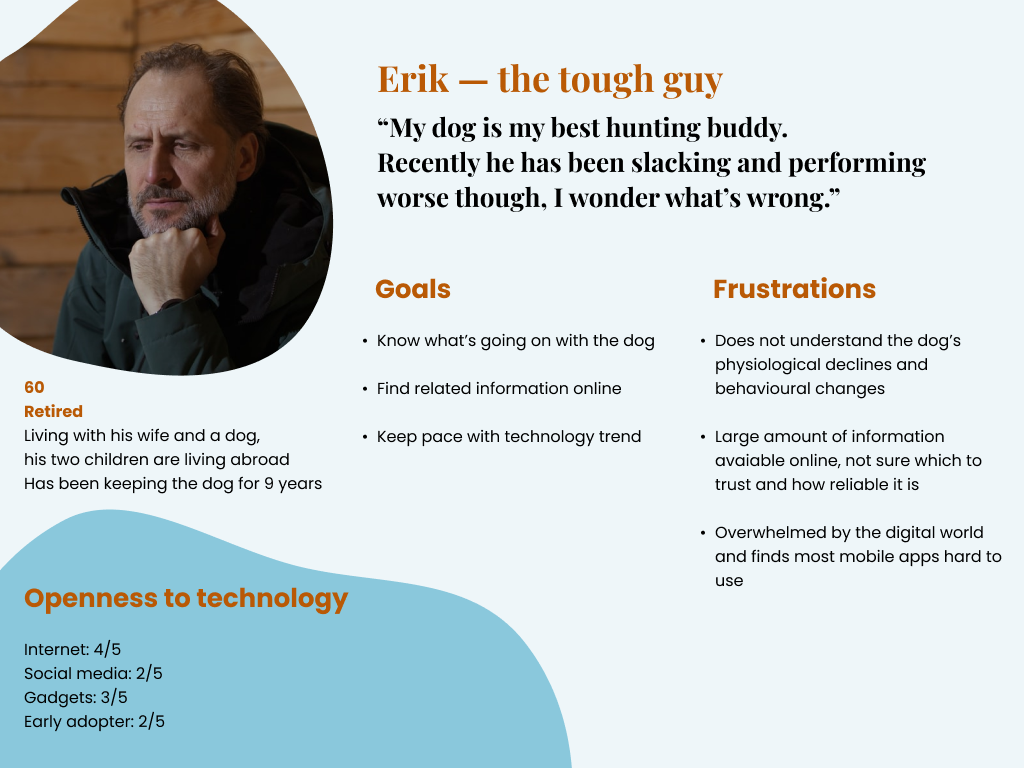


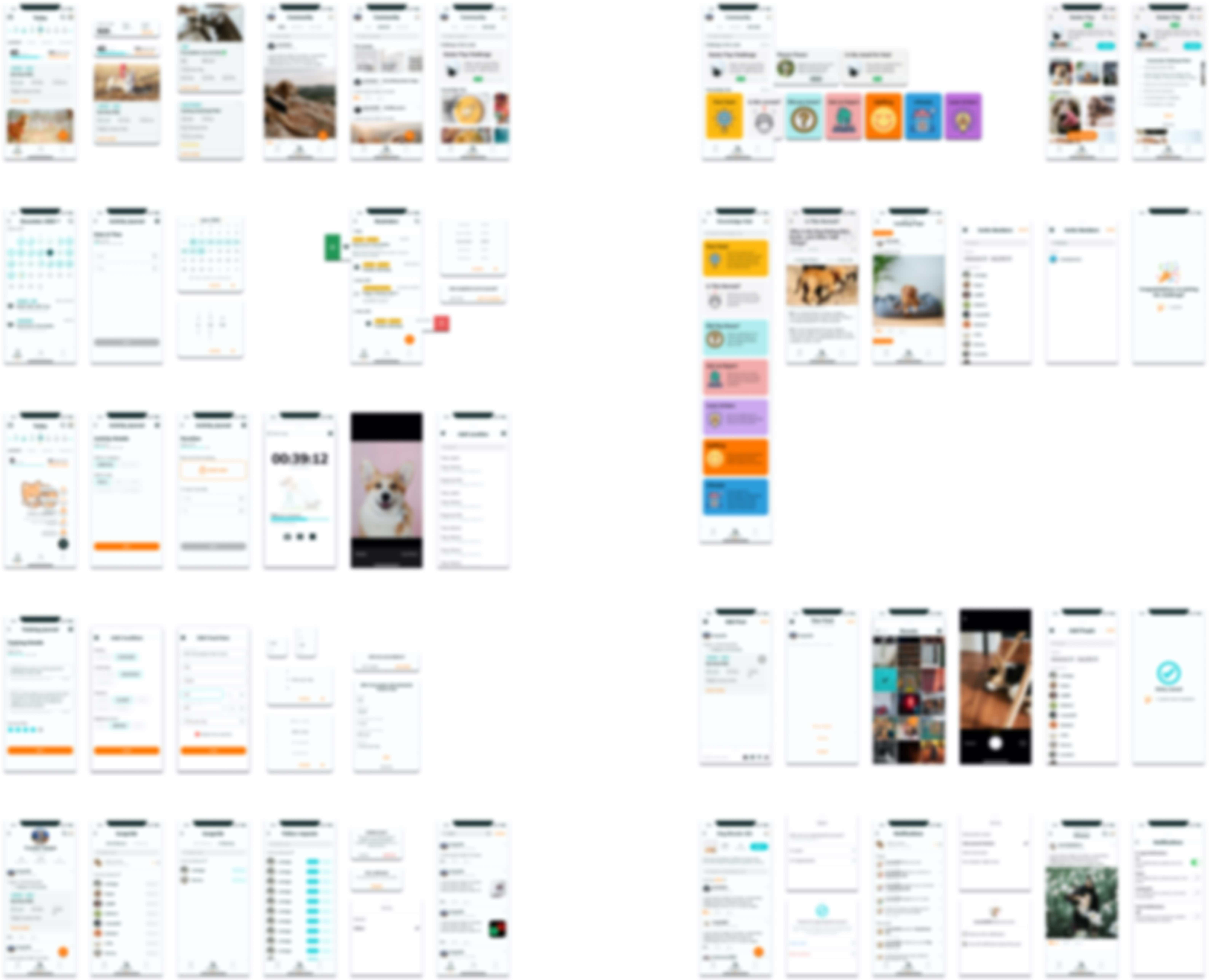
.jpg)